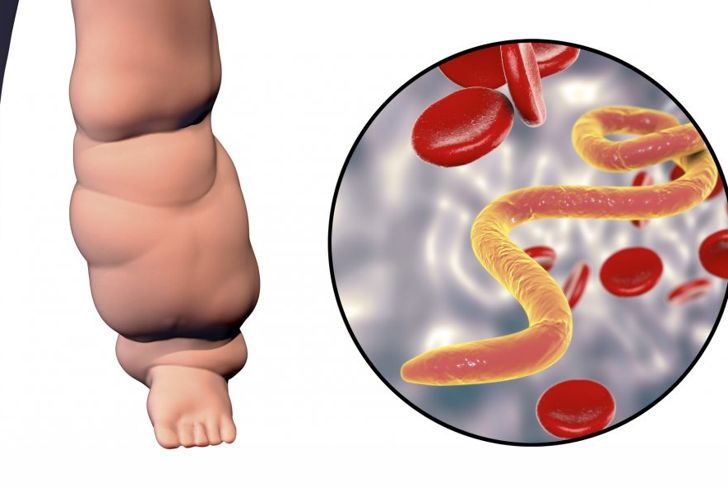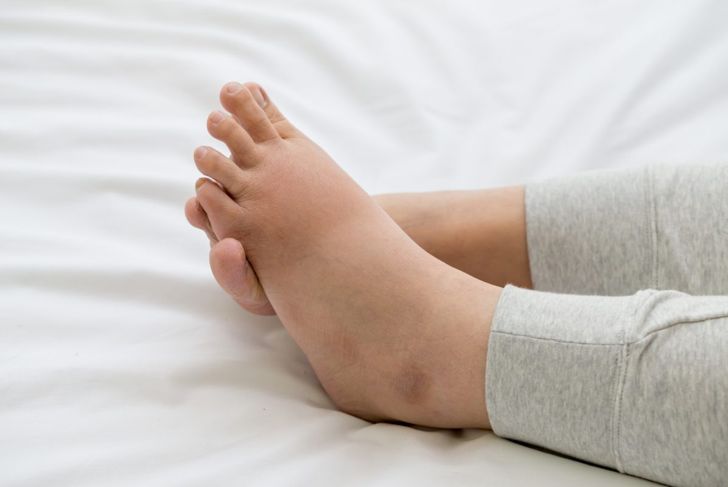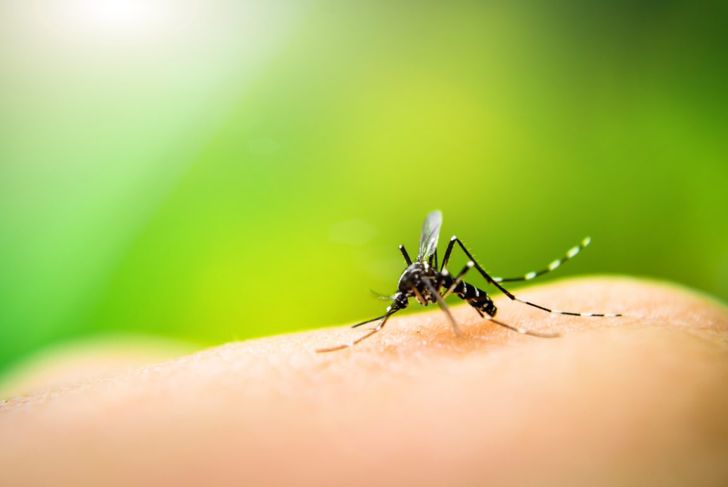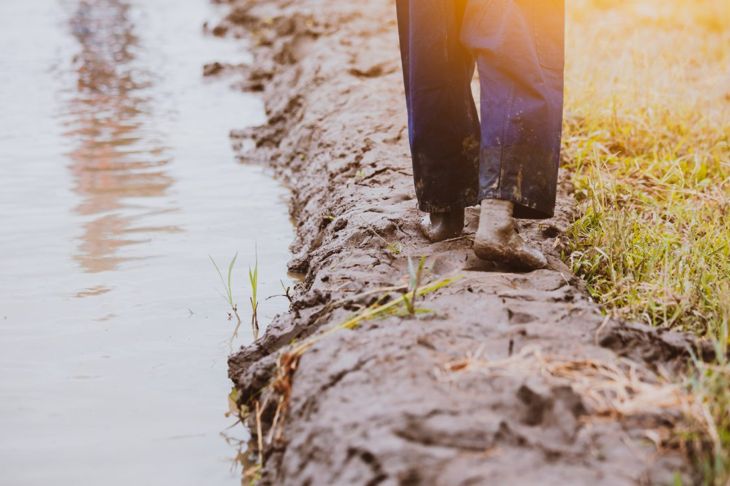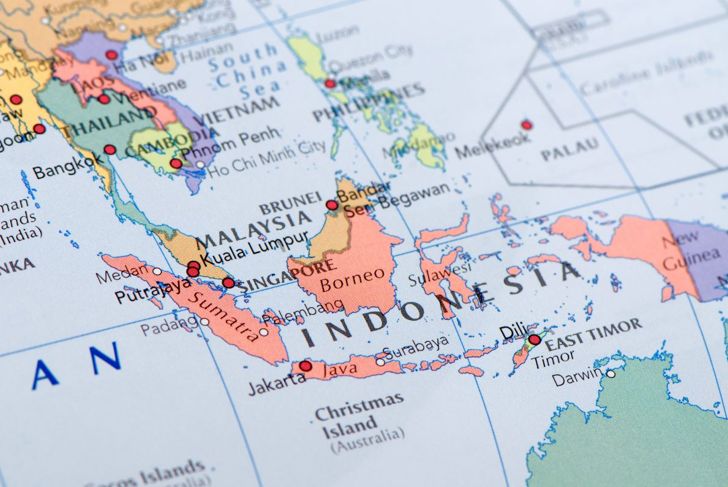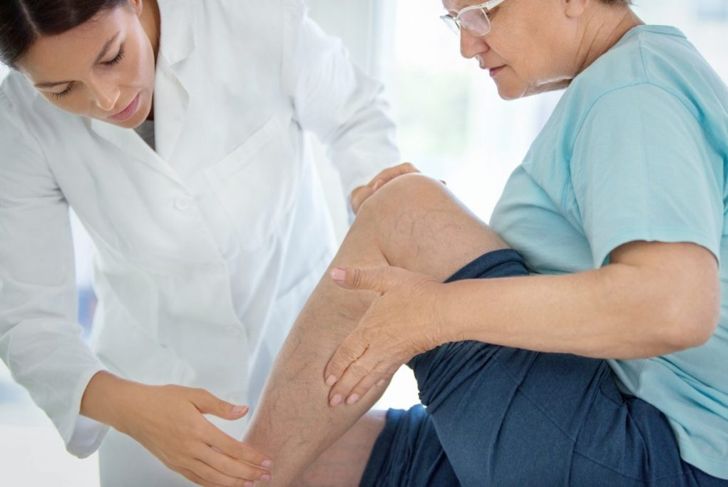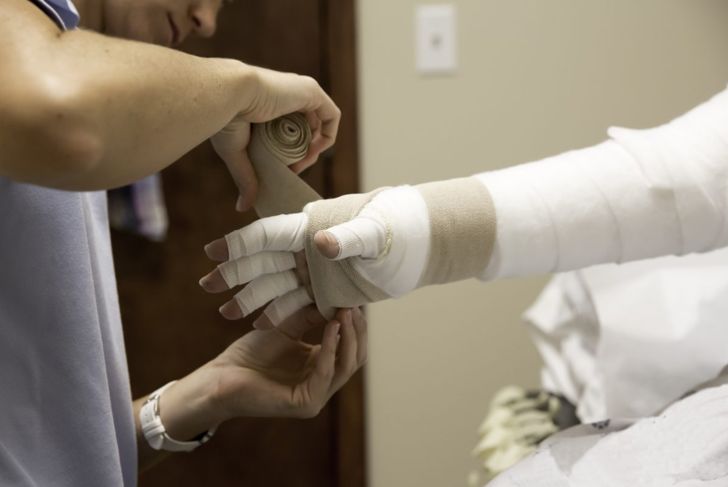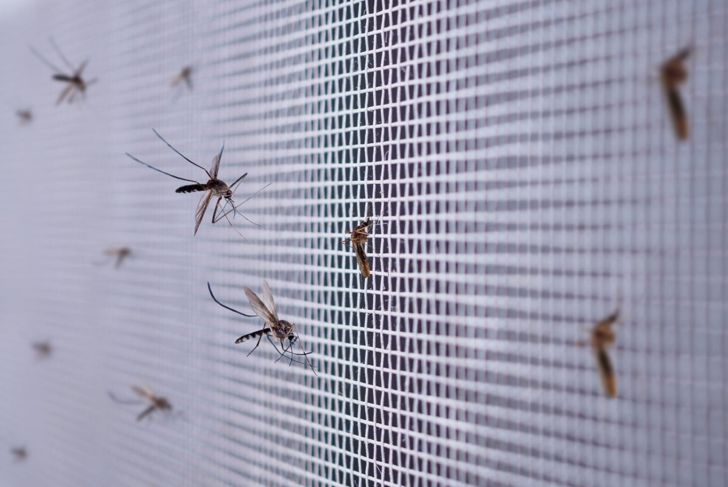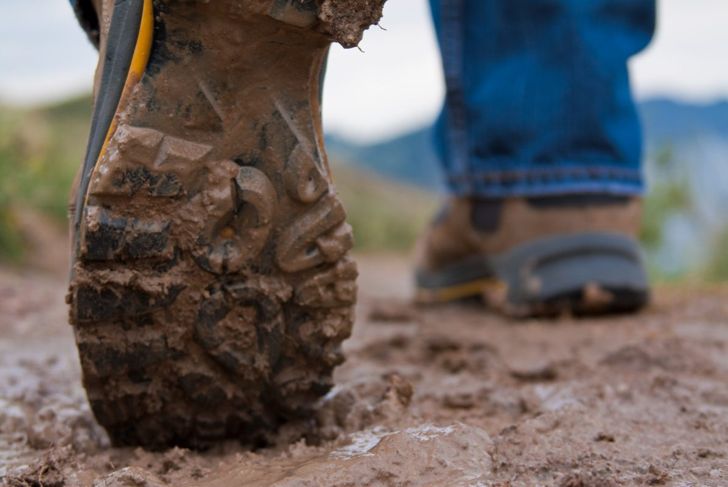Elephantiasis is a rare disease that primarily affects people living in tropical and subtropical regions. Its signature characteristic is the extreme swelling of various areas of the body. The condition’s name stems from the appearance of an affected person’s limbs, which resemble the thick, dry legs of an elephant.
Symptoms
When symptoms of elephantiasis first appear, most people experience only mild edema. If this fluid retention goes without treatment, it can progress to the significant swelling and enlargement of elephantiasis. While it primarily affects the limbs and external genitals, elephantiasis can also cause others areas of the body to swell to massive proportions. Some causes of elephantiasis even trigger breast enlargement in females. As the affected areas grow, the skin thickens, becoming painful, hot, and dry.
Physiological Causes
The lymphatic system is constantly cycling a fluid, called lymph, throughout the body, an integral process in the immune and circulatory systems. Elephantiasis occurs when something upsets this process, obstructing the lymphatic vessels responsible for carrying the lymph. This leads to fluid retention and buildup, which then causes the signature edema and enlargement of elephantiasis. In some cases, the obstruction is due to a physical issue with the vessels themselves, though it can also be the result of an infection or similar condition.
Lymphatic Filariasis
Among the possible triggers for lymphatic vessel obstruction and elephantiasis is an infectious disease called lymphatic filariasis. In certain regions of the world, mosquitos carry larval forms of parasitic worms. When the insect bites a human, the worms transfer into their body. The worms themselves, as well as the damage and inflammation they cause, obstruct the lymphatic system and lead to fluid retention. Changes often begin with the genitals, though they can affect the limbs, breasts, and face, as well.
Podoconiosis
Elephantiasis can also occur without parasites and is known as podoconiosis or endemic non-filarial elephantiasis. Some experts believe this form of elephantiasis stems from contact with irritant soils that contain high levels of alkali minerals. However, because the condition does not affect everyone who touches the soil, some people may have a genetic susceptibility to podoconiosis. Unlike lymphatic filariasis, podoconiosis exclusively affects the lower limbs and almost always involves both legs.
Risk Factors
Because the primary triggers for elephantiasis occur in specific regions, people who live in those areas are at the highest risk. The mosquitos that transmit the parasites thrive in tropical and subtropical areas, such as rural Africa, Asia, and South America. Some of the most serious cases occur in south and east Asia, namely, India, Indonesia, Malaysia, and Thailand. Soil with minerals capable of triggering elephantiasis exists in many Asian and African countries, as well as some North American and European highlands.
Diagnosis
Elephantiasis is a somewhat controversial diagnosis due to differences in definition within medical communities. Some view the condition as interchangeable with parasitic worm infections, while others use it to refer to many different conditions that involve extensive swelling. Diagnosing elephantiasis begins with a patient health and locational history, as well as clinical observation of any notable symptoms. Once a doctor has identified the condition, they will use a variety of blood tests to discover the underlying cause of the lymphatic damage.
Treatments
Treating elephantiasis begins with the underlying condition responsible for lymphatic damage. Compression therapy and specialized compression garments can help prevent the condition when instigated early on. Medications that kill parasites are also effective. Some patients require reconstructive surgery, particularly if the condition affects their genitalia. In severe cases, surgery or radiation therapy can remove lymphatic tissue.
Prevention of Lymphatic Filariasis
Since the main vectors for lymphatic filariasis are parasite-carrying mosquitoes, insect control is necessary to prevent infection. Insecticides and nets are effective ways of reducing mosquito populations. Regular exercise can maintain proper circulation, lowering the risk of fluid and lymph retention. While this does not prevent transmission of the parasites, a healthier infected person is more likely to remain asymptomatic.
Prevention of Podoconiosis
Less-developed regions of the world are significantly more likely to have cases of podoconiosis, largely due to the lack of protective footwear. The condition requires regular and frequent contact with irritant soil, against which footwear defends. Antibacterial creams and ointments are also somewhat effective in reducing symptoms early in the condition’s progression. Compression garments can also slow down or completely halt symptom development.
Prognosis
Without treatment, people who have elephantiasis have significantly worse quality of life. The condition makes it difficult to move the affected areas, and the likelihood of depression and social isolation increases dramatically. Most treatments focus on the physical effects of elephantiasis and can significantly increase physical ability. However, lack of knowledge and funding for treatment can mean counseling and therapy for the condition’s psychological effects is not available.

 Home
Home Health
Health Diet & Nutrition
Diet & Nutrition Living Well
Living Well More
More